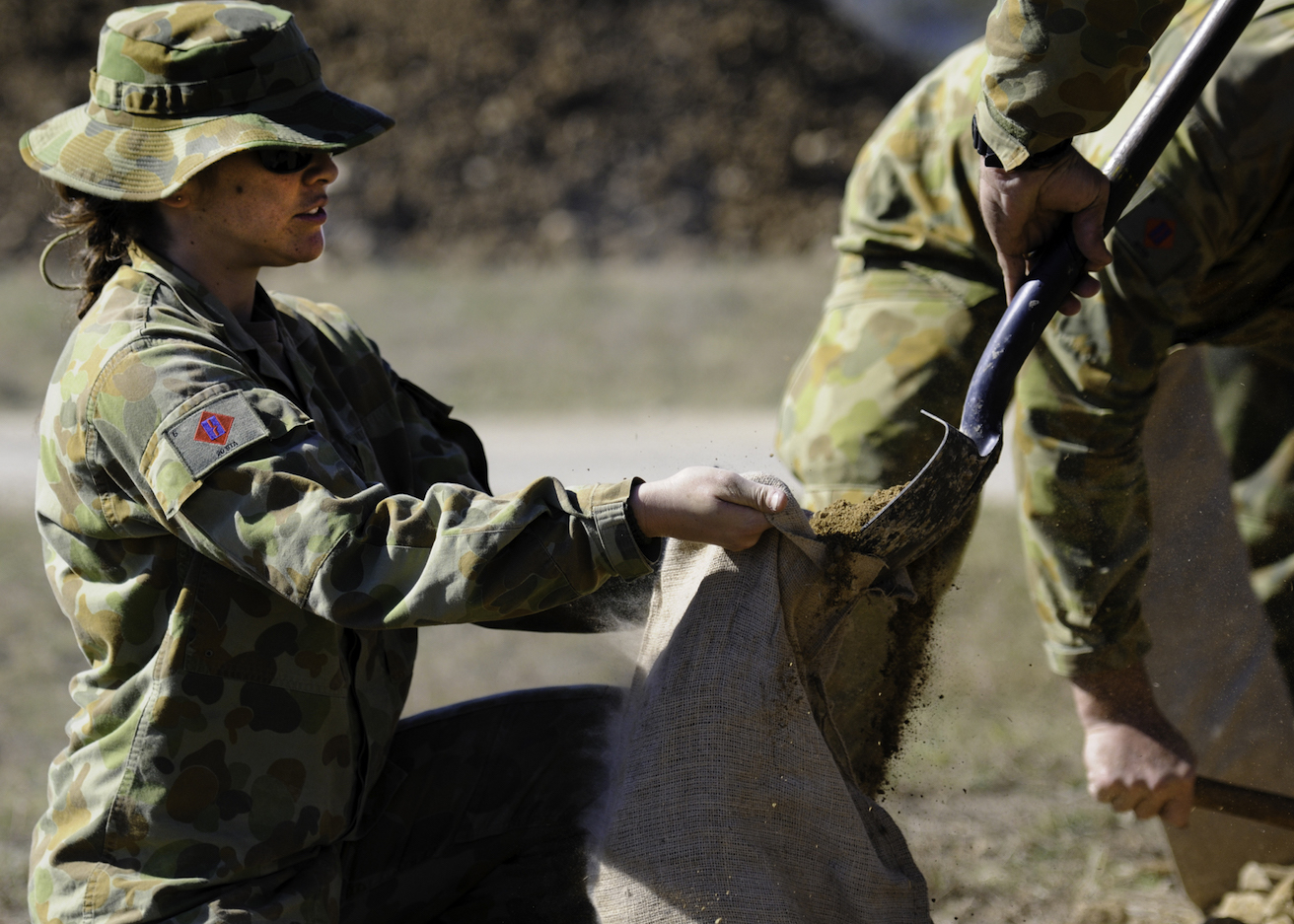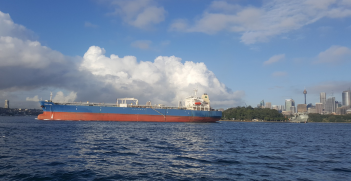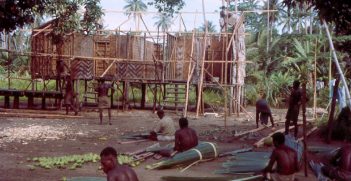No Skin Left in the Game: Doing the Maths of Intensive War

There is good reason to question whether Australian Defence Force procurement decisions prepare Australia’s forces psychologically, materially and organisationally for an intensive war.
Hugh White’s new book “How to Defend Australia,” has been reviewed by many in the defence sector and has stimulated a conversation about the nation’s preparedness for war. Yet while this conversation has been about the need for platforms and systems, it has evaded the political, social and organisational requirements of intensive war, especially sustaining casualties in the thousands. To imagine that we might engage in war with a peer and be able to choose to avoid such costs is ahistorical: the enemy has a vote.
Successive White Papers illustrate that Australian governments have always required the Australian Defence Force (ADF) to be able to defend the national territory and operate across the spectrum of conflict. Since the 1970s however, the ADF has not been equipped, organised or stocked for self-reliant territorial defence nor sustained peer on peer-intensive war offshore. This was for the good reason that the latter was assumed discretionary and the former unlikely to be needed. Relying on the US in extremis was sound strategy. The quid pro quo was to provide niche contributions to coalition operations and that has been done exceptionally well: the ADF is arguably one of the best trained defence forces in the world, but it can be because it is small. As others have said of the Australian Army – “brilliant but boutique.”
Now the ADF is responding to a shifting security environment by procuring the hardware for a serious fight, especially protected platforms for the Army. The niche that Army can fill will get bigger and heavier — brigade sized. That is appropriate and we will field excellent systems crewed by well-trained people. Yet the cultural legacy of forty years of maintaining capability for and conducting niche operations and low-level contingencies leaves us oblivious to the true nature of war — blood and logistics. A shortfall in munitions and fuel stocks is slowly being recognised, the inability to replace the “skin” that will be lost in war, is not. Our force structure is so lean that it cannot replace significant battle casualties, and this is not recognised as a structural vulnerability. Indeed, there is an assumption that because heavy casualties would be politically unacceptable, we are not going to fight in a way that will sustain them. History would suggest that a competent enemy will make sure that we fight in a way that exposes that very weakness.
The point we are making is not that we should stop developing the kind of capabilities we need, but rather as we argue in a recent article, we should ask whether the ADF is psychologically, materially or organisationally prepared for the kind of intensive war for which we are procuring equipment. The crux of our argument is cultural. Our soldiers may have a war fighting culture, but doctrinally and organisationally, the Army does not. The last time Army included casualty planning figures in its doctrine was 1987 — there is no evidence that such data has lost its predictive power — and indeed there is some evidence that suggests new weapons will increase casualties. The failure to maintain ammunition or fuel stocks, as White observes, is stark evidence of this. Recent initiatives to rely on the US fuel reserves might mitigate these are a little, but the notion of buying ammunition if the contingency arises was discredited by the worldwide shortage of 5.56 ball in 2003.
Let us explore the challenge using existing and public assumptions. Imagine that Australia is sustaining a brigade overseas on war fighting operations as envisaged under Plan Beersheba, and that the two other brigades allow that presence to be maintained, whether by full rotation or some other staggered system of relief. It would seem plausible that under this level of threat there would be a requirement for vital assets in Australia to be defended. This task, combined with reinforcing the deployed brigade with an additional infantry subunit — as per current planning, would probably stretch the Army reserve to capacity. It no longer has the trained mass to provide significant supplementary personnel, nor does it maintain cadre training organisations as it once did. There is no fat in the system.
Suppose then that the brigade is engaged against the kind of capable peer or near peer enemy strategic guidance suggests we may have to face. Suppose also, that this brigade is only conducting intensive operations for one month — for which, as the 1987 doctrine tells us, they would expect to suffer around 2600 casualties. Here we will assume that improvements in force protection are offset by advances in adversary weapons technologies — which if anything is equally optimistic. We also use a planning figure that around half of these casualties will not be able to return to duty. In this scenario there is a need to replace 1300 soldiers, over and above the 8000 recruits which Defence recruiting must currently find and a training system of finite capacity must process.
It would seem that increasing normal recruitment targets to provide an extra 1300 soldiers is within the capacity of the existing structure — but whether such recruitment would be harder or easier would be contingent on the situation. The capacity of the training system is however fairly clear. If current norms of training delivery, accommodation and above all, current interpretations of competency-based training with its prescribed timelines there is modest capacity to expand. Certainly, it might be possible to train soldiers in tented camps as was done before the Second World War — but, the stocks of clothing, weapons, tents, ammunition that existed even in those challenging times are not held now. It would seem that our highly refined training system has limited capacity to expand. Where is the threshold of intense fighting that will involve more casualties than the system can cope with — how many months is it?
The casualties of intensive war are not the only problem. As we prepare to fight in the Indo Pacific Century, we agree with the mainstream assessment that regional operations to stabilise and support neighbours are far more likely than intensive war. Yet we must not imagine that this in any way reduces the numbers problem. Notions that deployments into the strategically vital inner arc will only require the deployment of a battle group or below appear naïve. Responding to civil breakdown or insurgency in one of our neighbouring countries with force ratios able to deliver decisive effect might readily demand the commitment and sustainment of a force of many brigades.
What does all this mean? It means that if we are serious about having a war fighting capability, we need to be able to replace the soldiers who are killed or seriously wounded in that fight — and reasonably quickly. Equally it means that if we want to be able to offer decisive stability assistance to a neighbour, we need to be able to quickly expand the available force. Our current systems of recruiting and training are not designed, nor readily capable, of rapid expansion. There are a variety of different approaches available — perhaps exploiting a military subset of the kind of universal national service that John Blaxland has argued for. Another is a return to the ready reserve model. Yet another is a return to the more traditional Australian model of a larger expandable reserve, which these days would need substantial full-time leadership with a smaller rapid response regular brigade.
Whichever way you do the maths, the answer is insufficient.
Dr Charles Knight researches technologies and methods for operations among populations and teaches on the postgraduate terrorism program at Charles Sturt University. Commissioned at Sandhurst, his service with the Royal Air Force, British and Omani Armies and in Asia informed his counterinsurgency PhD. He can be followed @ChasAHKnight
Cate Carter is a PhD Candidate in the field of Armed Forces and Society at Deakin University. She holds a Master’s Degree in International Relations from the University Queensland and other degrees from the Australian National University and University of South Australia. She can be followed @catecarterarmy
This article is published under a Creative Commons Licence and may be republished with attribution.





